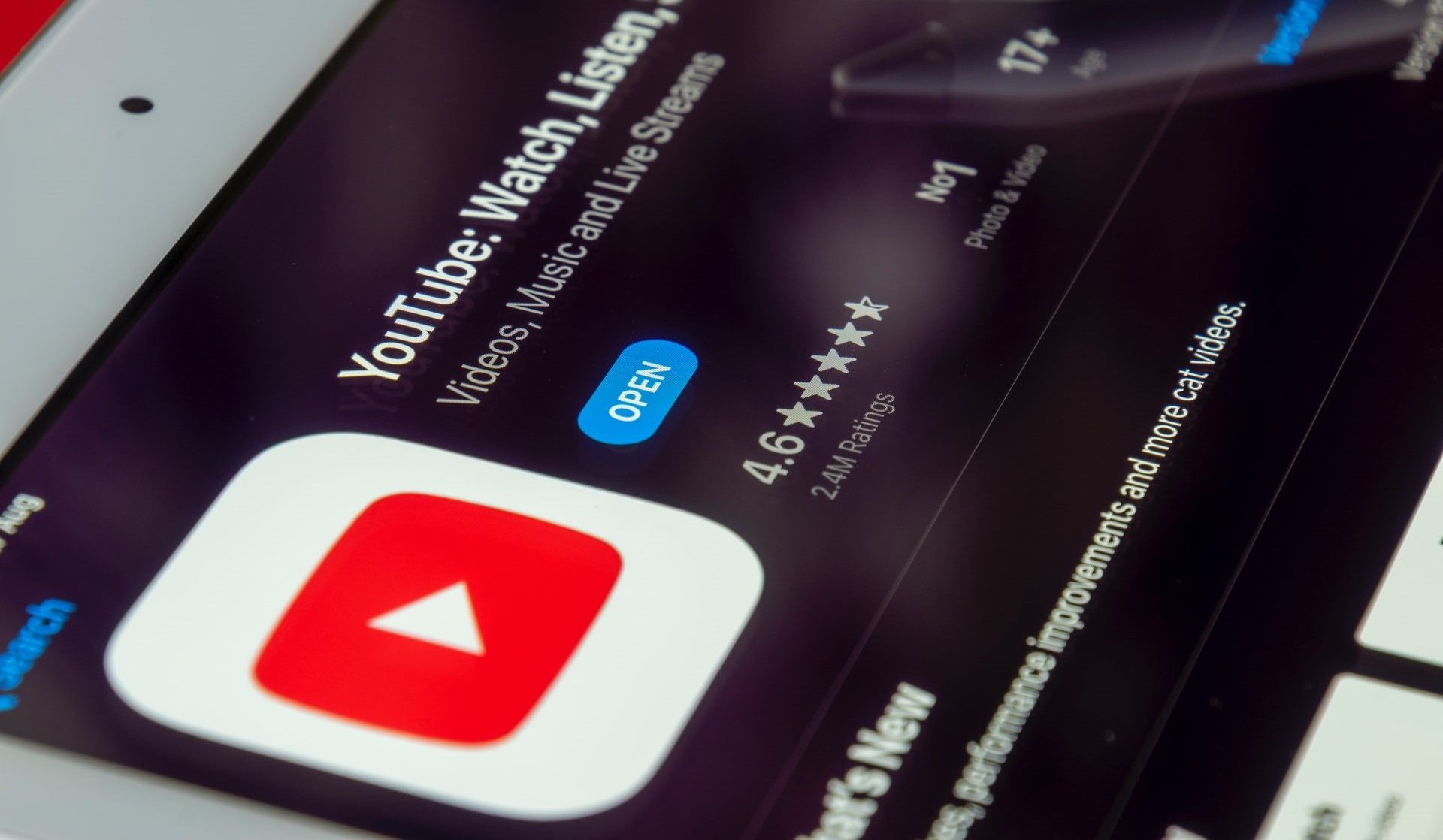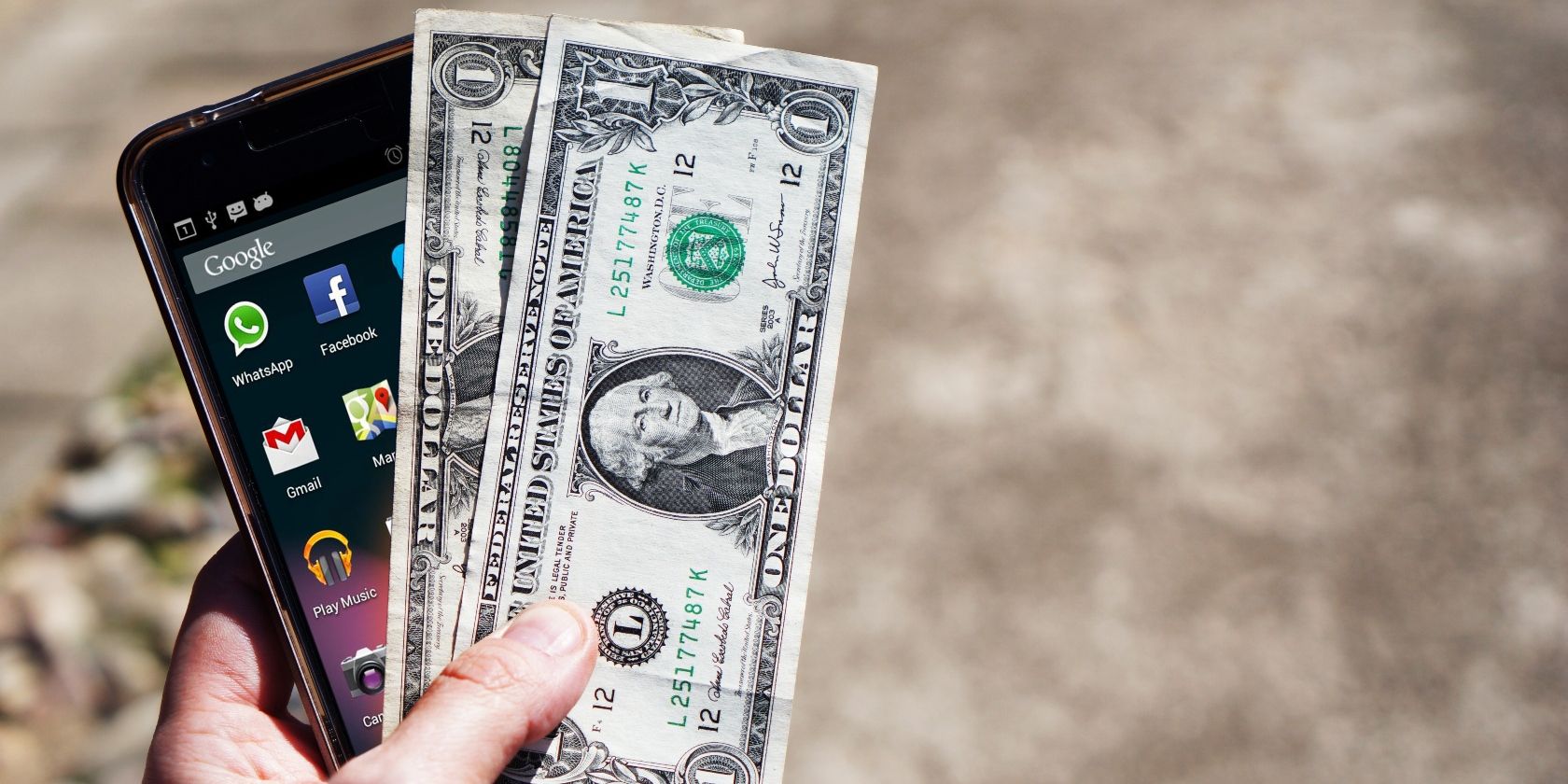TikTok has an ever increasing number of competitors, with YouTube Shorts the latest to arrive on the scene.
However, TikTok has racked up 6 billion lifetime installs at the time of writing, with an estimated 600 million monthly active users. Which means it's going to be tough for anyone to compete. Even YouTube.
In this article, we'll investigate whether YouTube Shorts stands a chance of competing with TikTok...
A Brief History of TikTok
TikTok, formerly known as Musical.ly, made its US debut in August of 2018. TikTok was an immediate hit, garnering hundreds of millions of downloads in just a matter of months. It then gained even more popularity during the COVID-19 quarantines.
Today, nearly three years later, and after much controversy and a fair share of business woes, TikTok is the most downloaded app in 2021 (according to Sensor Tower) with more than 58 million installs, and is now the fastest growing social media platform ever.
TikTok has changed the game over the last few years, becoming a global hit predominantly among the youth. But the Chinese company’s success wasn’t good news for the big tech companies, who were never likely to let this young upstart win without a fight.
How YouTube Shorts Entered the Market
Among the companies vying for TikTok’s spot is YouTube, which launched its own version of short-form video content to capture the young audience that is so receptive to the short-form video format.
In a post on the official YouTube Blog, the company describes the new platform as follows:
Shorts is a new short-form video experience for creators and artists who want to shoot short, catchy videos using nothing but their mobile phones.
Similar to TikTok, Shorts allows you to create 15-second videos which can be set to music. Music is available via a music picker feature which offers you hundreds of thousands of songs to choose from when creating a video. YouTube is also working with music artists, labels, and publishers to expand its catalog.
Upon announcing the arrival of Shorts in the US, the YouTube team placed emphasis on the opportunity it provides creators, with the site having more than 2 billion monthly users. YouTube noted that it wants to see the next generation of mobile creators "grow a community on YouTube with Shorts."
On how Shorts came to be, YouTube CEO Susan Wojcicki told NBC News:
We actually have introduced stories on YouTube and we’ve actually seen our creators really engage with the stories. That would be an example of really short-form content. So we will definitely continue to innovate in all the different format sizes, including really short-form video.
Does YouTube Shorts Stand a Chance Against TikTok?
YouTube Shorts checks off a lot of the boxes for a short-form video platform, but is it enough to take on the as-yet-untouchable TikTok? Let's take a look at how YouTube Shorts fares in some of the most important categories...
Direct Messaging
YouTube does not have an instant messaging function, so it is not typically used as a platform of communication between users. This is especially important for younger users who often share viral videos with each other and enjoy the immediacy, engagement, and convenience this function provides.
This shortfall may put some potential users off using Shorts over TikTok.
Collaboration
YouTube Shorts currently offers no collaborative features, so you won’t be able to reply to other videos or join together to create content with other users like with TikTok’s popular duet or stitch features. Both of which give you more exposure and allow you to tap into new audiences.
A Centralized vs. Non-Centralized Approach
Another issue is that Shorts is currently built into the existing YouTube platform and is not available through a separate, dedicated app; meaning that YouTube isn’t solely geared towards creating, watching, and sharing Shorts.
While this is a way for YouTube to offer you the opportunity to produce and consume both long and short-form content, it may not retain those who prefer focused content. Without giving Shorts the focused attention that TikTok has, there's a risk that users may prefer or even revert to the centralized approach that TikTok has taken and found success in.
User Demographics
One thing working in YouTube's favor is its established userbase. Millions of people already make YouTube videos, so it shouldn't take too much to convince them to switch to making Shorts.
A large percentage of people are at least aware of, if not actively using, YouTube. And while TikTok is becoming more mainstream and gaining more users beyond its core of teenagers, YouTube has a major head start in terms of brand awareness and the varied demographics of its userbase.
Monetization
YouTube has not yet shed light on how creators will make money through Shorts. However, YouTube’s product lead for Shorts said the company’s support of creators will be extended to Shorts:
The way we think about it is: Television has a different business model than movies, YouTube has a different business model than television, and short-form video is going to have a different business model than long-form YouTube.
In contrast, TikTok’s strategy when it first came out was to pay selected influencers $500 to join the app and start creating content. This proved successful, as app downloads surged and its revenue grew quickly to compensate for the money it was paying out.
Today, you can monetize your TikTok account. Unlike YouTube, you can’t share in TikTok advertising revenue; however, as a successful TikTok creator you can still make money on the platform, mainly through influencer marketing.
If you can build a sufficient following of dedicated viewers, you can approach brands to promote their products and services to your audience. You can also launch your career through TikTok.
Brands can also approach you through the TikTok Creator Marketplace, which is a platform run by TikTok that houses thousands of profiles of TikTok creators.
Brands search the marketplace for creators whose audiences best fit the target market of their campaigns and enter into a business agreement with them to market their products or services on their profiles. TikTok influencers with 2.5 million followers or more charge around $600-1000 per post.
TikTok has also created a $1 Billion Creator Fund which will pay creators directly in an effort to further strengthen its relationships with influencers. This should keep TikTok ahead of competitors like YouTube, which is still working on a plan to help users monetize their Shorts.
Staying Power
While Shorts not existing as a standalone platform may potentially hinder its success in the long run, it could also give it staying power. After all, YouTube has outlived plenty of other upstarts that have tried to muscle in on its territory and failed.
TikTok, on the other hand, is fairly new. And although the app’s popularity has grown tremendously since its inception and continues to grow even after facing major issues in the US, only time will tell if it will enjoy the same staying power as YouTube.
Can YouTube Shorts Compete With TikTok?
Considering that YouTube Shorts has the advantage of being plugged into an already successful platform, it clearly has the potential to succeed.
However, as a newbie in the short-form video market, Shorts is still playing catch-up with TikTok. And it's currently missing some of the features and appeal that make TikTok such a hit.






